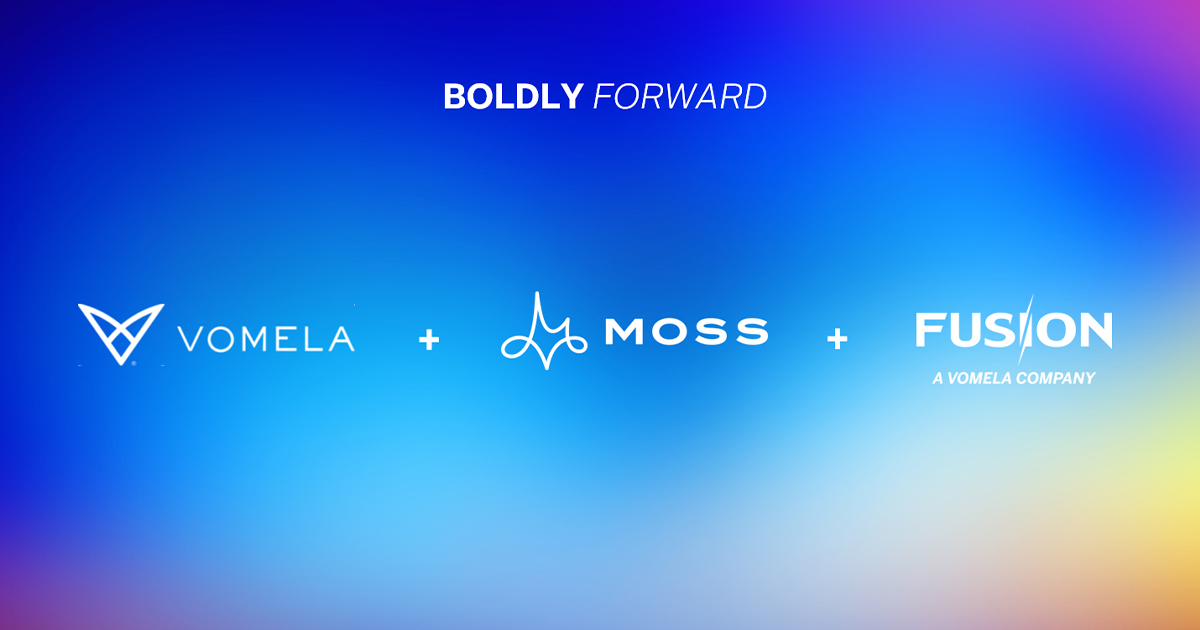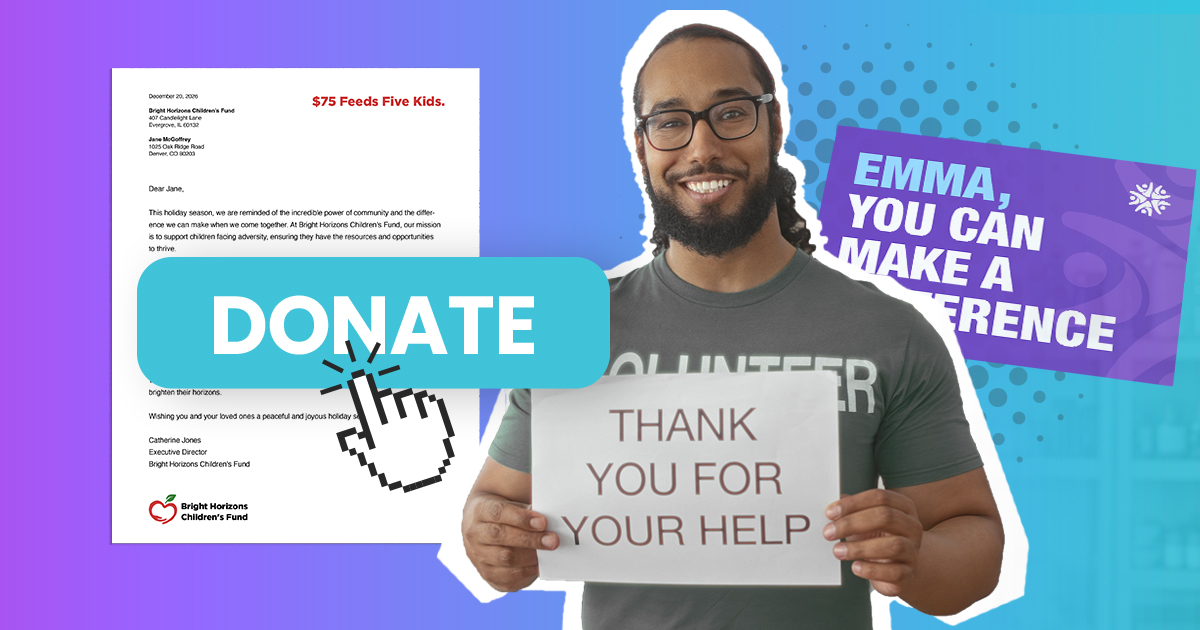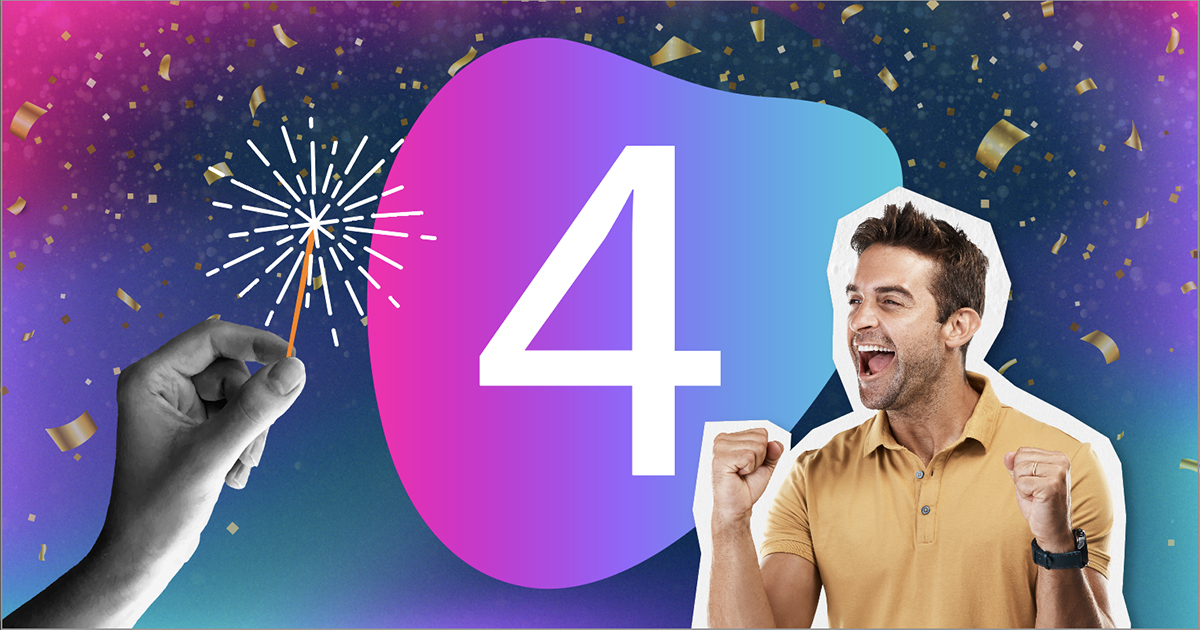
Digital Gives Direct Mail the Boost It Needs

That headline might seem surprising coming from a print and direct mail (that is, hybrid experience) company, right?
Digital/analog; online/offline; email/direct mail—on the surface, they seem like polar opposites. But research, real-world experience, and, most important, our clients’ successes make it clear: Not only can they work together, they, in fact, work best in tandem. When integrated as part of a comprehensive marketing strategy, the combination produces better results than either alone. They are more than the sum of the parts.
Reach Versus Engagement
Reach is an essential campaign KPI, representing how many people see posts, ads, or videos. A myriad of digital channels makes it possible to reach a broad target audience with multiple touchpoints. Vast reach is good, but it’s not the whole story—engagement, or interactions represented by likes, clicks, shares, and comments, is the yang to reach’s yin. It’s the point at which people move from “target audience” to “potential customer.” And those interactions have become harder to come by—reach is up, but engagement is not.
With the pandemic driving a wave of digital-everything, we’ve seen a correlative rise in digital fatigue and burnout. Audiences are being asked to consume more and more digital content—the average person encounters more than 4,000 advertising messages each day—so, understandably, interest and engagement are waning.
When Worlds Collide
Remember our original concept—the best direct mail results begin with digital? With its powerful data-gathering abilities and ease of campaign deployment, digital marketing should still be a priority—but not the only focus. The savvy marketer will figure out how to create campaigns that begin with digital but soon include physical marketing, thus expanding impact and driving successful results. It’s all about integration and automation—adapting direct mail from merely an offline-only, scattershot play to a strategic, measurable part of the customer journey. Salesforce Marketing Cloud does just that, making direct mail and print campaigns targeted, personalized, and scalable.
Digital-first Audience Building
The reality is, it doesn’t matter how beautiful, cool, or innovative your direct mail or print assets are if they’re not integrated into your martech stack. All targeted touchpoints are data-driven. Modern marketing campaigns must start with digital; otherwise, you might unintentionally waste resources trying to reach the wrong market segment. Salesforce Marketing Cloud enables marketers to gather, organize, and deploy the data necessary to guide campaign strategies. A clear understanding of good data helps identify who to target and why—analyzing behaviors and even motivations.
Targeted messaging is likely to generate positive responses and engagement. With a powerful martech stack, it’s easy to segment target audiences into categories based on demographics, background, need, or stage.
Targeted messaging is much more likely to generate positive responses and engagement. With a powerful martech stack, it’s easy to segment target audiences into categories based on demographics, background, need, or stage in the customer journey—an essential step to effectively targeting campaigns to different audience segments.
By segmenting your audience, you gain the flexibility to communicate differently with each member. It also allows you to adapt and evolve your approach intelligently using a/b testing. Remember: the more specifically you speak to someone’s needs in your offerings and outreach, the better your engagement will be.
Map the Customer Journey
A defined customer journey allows marketers to engage the target audience effectively—delivering the right message at the right time through the right channel. Today’s powerful digital marketing tools help craft that experience at every stage. For example, with Salesforce Marketing Cloud’s Journey Builder, you can craft a journey ranging from the simple to the complex, accounting for as many stages and trigger points as needed to truly personalize messaging and deploy it at scale.
The result of this kind of well-designed journey map is that marketers can route audiences through a messaging path that offers the best opportunity for engagement—thus leading them to take the desired action.
Elevate The Sales Funnel
So, we can see that smart, effective sales funnels begin with digital. Email marketing is easy to build, execute, and measure. You can deliver your message to massive audiences and achieve wide-reach metrics with minimal cost. But we also know that digital fatigue has negatively affected audience engagement with top-of-funnel digital marketing. Industry leader Mailchimp tells us that although nearly 25 percent of email recipients will open an email, fewer than 3 percent will click to engage. That means 97 out of every 100 people will not engage.
The best way to support top- or middle-of-funnel digital/email marketing efforts for next-level results is by integrating direct mail and print into the process. We call this the “hybrid experience”—a fully integrated and automated way to disrupt the digital-only flood through the surprise and delight of authentic analog moments.
The latest research from Forrester for PFL is unambiguous about direct mail’s effectiveness:
- 76 percent of marketers agree that engagement with digital tactics is dropping;
- 78 percent of respondents report that analog touchpoints such as direct mail have seen a performance boost;
- 81 percent admit they are very likely to open a package they receive for work.
Why does direct mail work? Simply, it creates multisensory interest through authentic human connection.
The Future of Marketing
The best part of direct mail and print marketing today is how seamlessly they integrate into martech applications. Salesforce Marketing Cloud makes creating dynamic, personalized, and highly measurable campaigns simple. With native integration, direct mail and print become the perfect complement to digital efforts. Finally, it’s just as easy to work direct mail into a customer journey as it is to add an email touchpoint.
Direct mail is so much more than gifting—it includes everything from postcards, white papers, and infographics to physical items, such as branded items and personalized gift boxes. But It can also be a paper bill or explanation of benefits, turning an often-missed opportunity for HLS or financial services companies into a fresh way to spark connection and build brand affinity. If you can imagine it, you can create it, send it, and track it.
When integrated with SF Marketing Cloud, today’s direct mail is highly personalized—and effective. Hybrid is the future of marketing. By bridging real-world interactions with digital engagement, you can ensure your message doesn’t just reach your ideal customers—it will inspire them to take action and engage.



